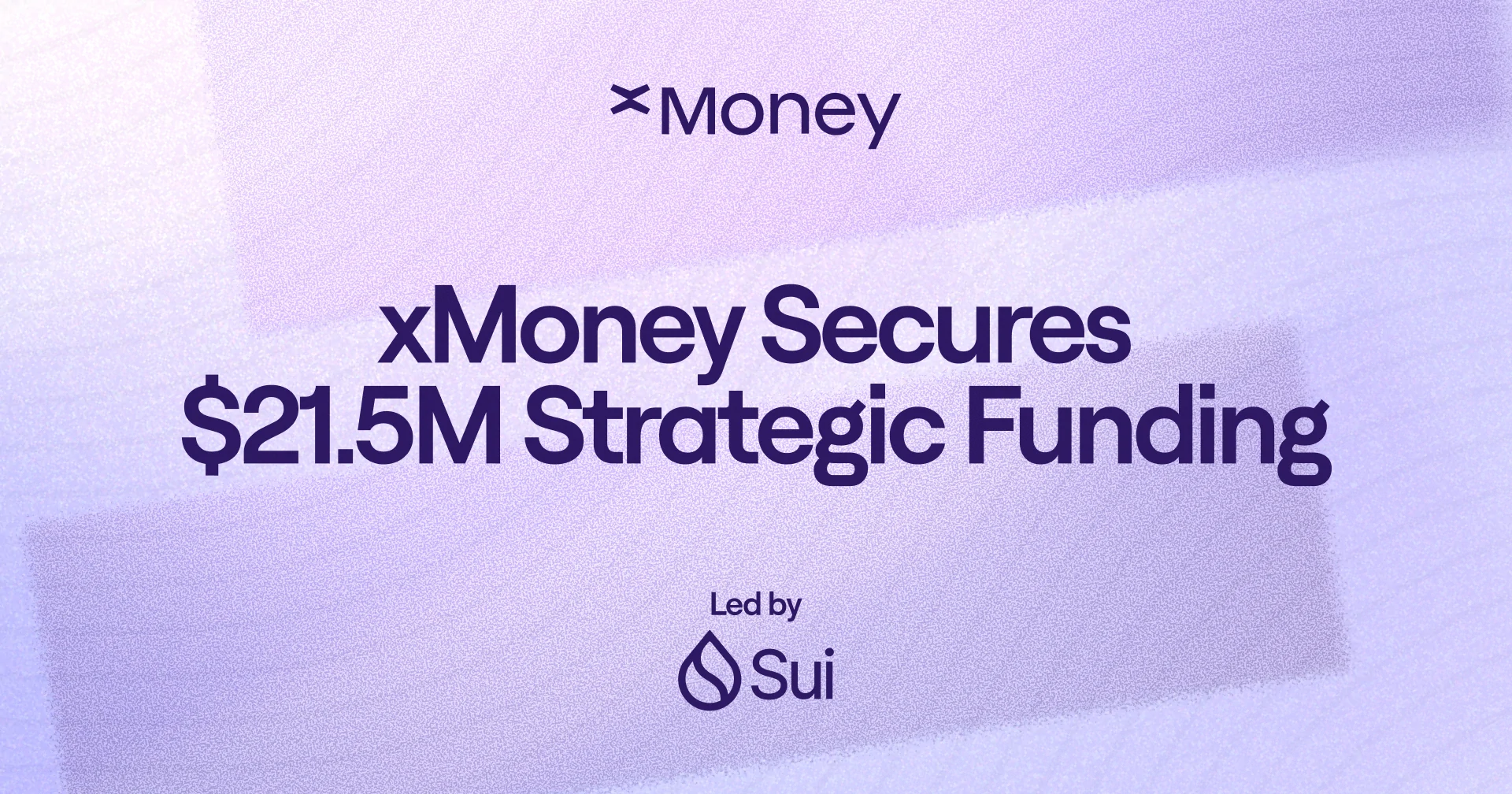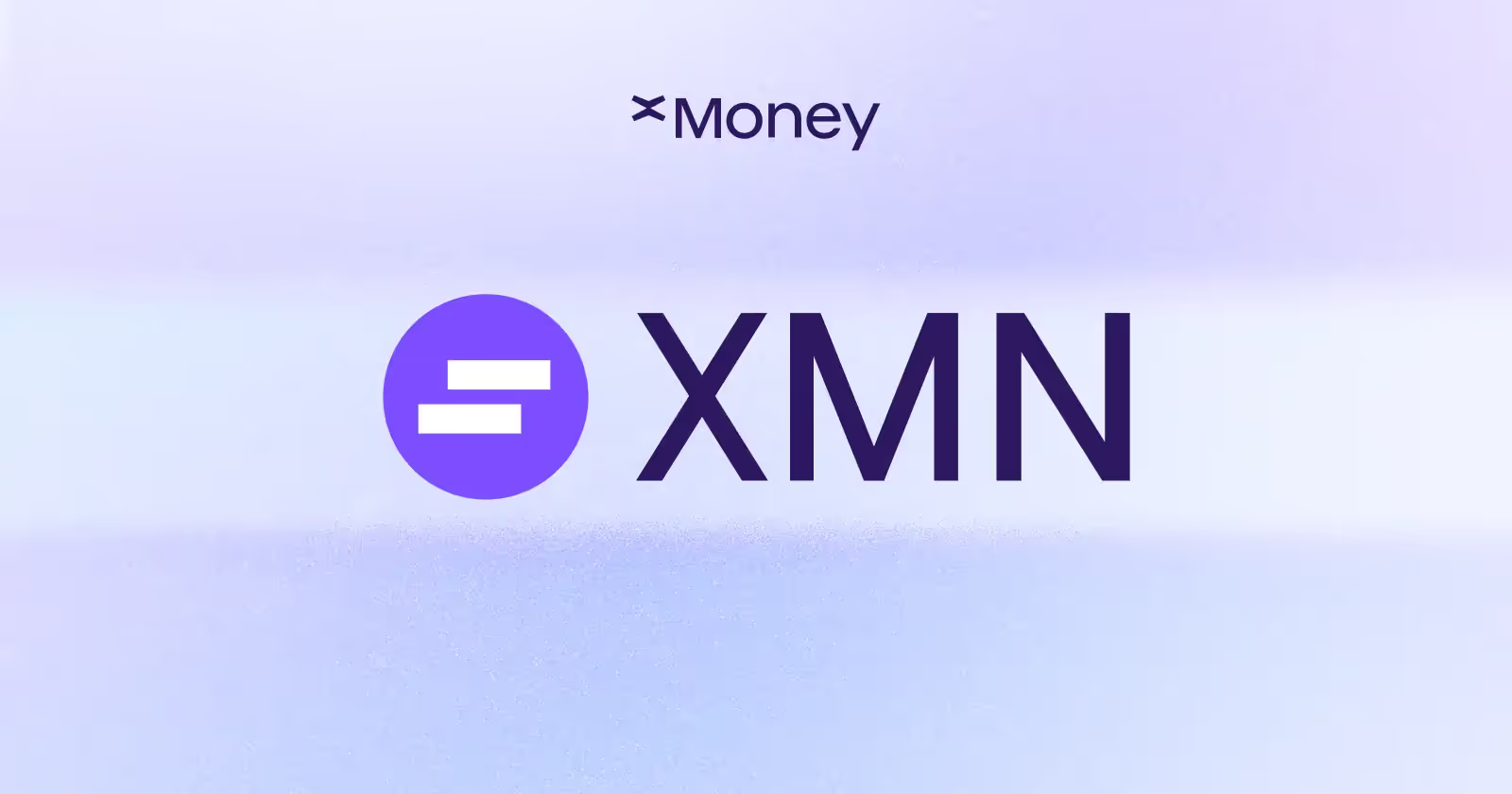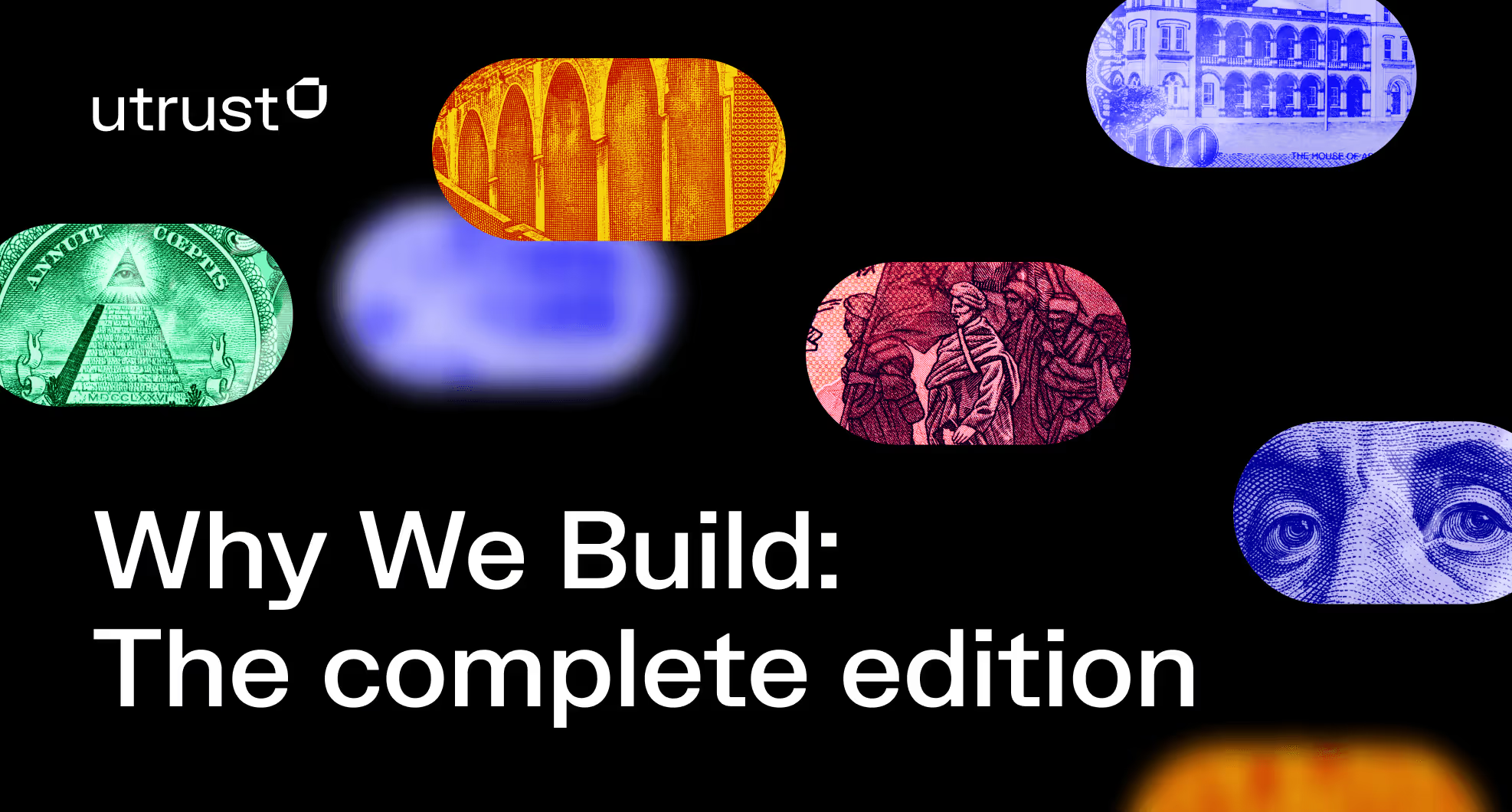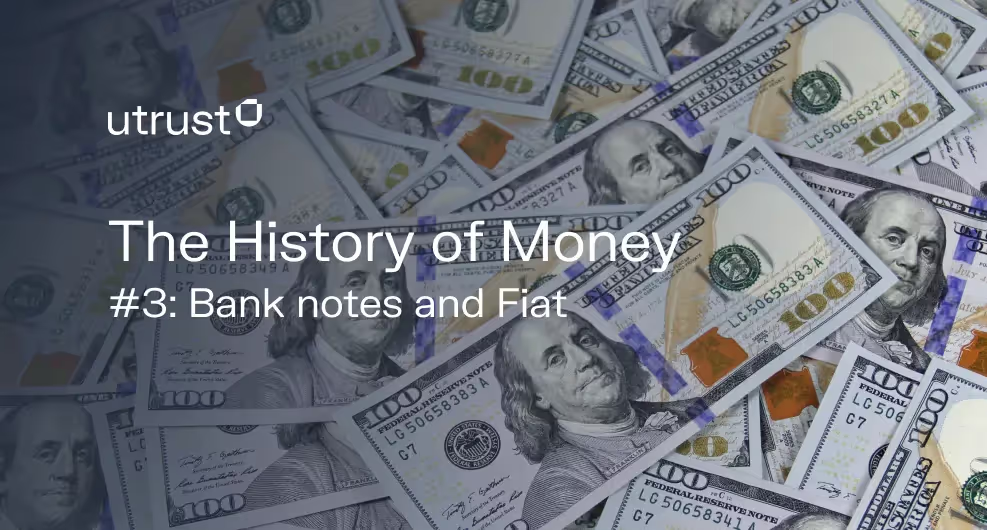MiCA, Stablecoins & the Next Compliance Frontier: What It Means for the Market (and Why It Matters Now)



Discover how MiCA reshapes stablecoins in Europe, turning compliance into trust and powering secure global payments with xMoney.
In the past few years, the crypto industry has transformed from being a disruptive fringe movement to an undeniable force in global finance. Having been involved in this sector since its earlier stages, I’ve witnessed firsthand this significant evolution. With this growth has come a long-overdue shift in focus: regulation is no longer just a looming concern — it's an active, immediate reality. And nowhere is this more evident than in the evolution of stablecoins.
Once considered a technical workaround for crypto traders, they are now being recognized for what they truly are: a bridge. Between crypto and fiat. Between innovation and usability. Between promise and trust.
This is precisely what makes the Markets in Crypto-Assets Regulation (MiCA) such a defining moment — not just for Europe, but for every player with global ambitions.
As a compliance professional and someone who has worked across both legal and business strategy in this space from its nascent days, I believe MiCA represents a rare opportunity: to reset expectations, to elevate standards, and to build more sustainable crypto products that users (and regulators) can trust.
At xMoney, we perceive this not as a regulatory burden, but as a competitive edge. And that’s where I’d like to focus this piece: not on what MiCA says (that’s well documented), but why it matters now, especially for the businesses integrating stablecoins into the fabric of real-world payments.
Stablecoins Are Infrastructure Now (Not Just Innovation)
When stablecoins first emerged, they solved a practical problem: volatility. They offered a familiar anchor (dollar, euro) in the middle of a chaotic, speculative market. But their role has changed.
Today, stablecoins are infrastructure.
They power cross-border payments, merchant transactions, remittances, and B2B settlements. They allow us to build bridges between traditional finance and Web3 ecosystems. In many ways, they are the crypto industry’s most useful (and misunderstood!) asset class.
This is where MiCA’s timing becomes critical. As stablecoins move from exchanges into people’s everyday financial lives, credibility, transparency, and oversight become non-negotiable. The market needs to know which stablecoins are safe, who issues them, and what rules apply — that’s exactly what MiCA begins to offer.
Stablecoins play a growing role in xMoney’s merchant payments infrastructure. And we see this evolution as not just logical, but necessary. Adoption hinges on trust. And trust, increasingly, hinges on regulation.
MiCA’s Approach is a Turning Point for Europe
MiCA is often described as Europe’s answer to the global crypto puzzle — but that doesn’t quite capture its depth. It is more than legislation; it's a signal. A signal that crypto is being invited to evolve, to grow up, and to integrate with the broader financial system on equal footing.
From a compliance standpoint, MiCA delivers something we've been asking for: clarity. It introduces specific categories like e-money tokens (EMTs) and asset-referenced tokens (ARTs), and requires issuers to meet concrete obligations on capital, transparency, and governance.
For the first time, we have a regulatory framework that doesn’t just tolerate stablecoins — it defines how to make them safe, accountable, and legal.
This is a turning point, especially for projects operating across borders or seeking institutional partnerships. With MiCA, Europe becomes the first major region to put a structured legal wrapper around crypto payments and digital money. For companies like xMoney, which operate across both fiat and crypto rails, this reshapes how we build, launch, and maintain our solutions.
And it changes how we talk to users, banks, and regulators — because now, we all have a shared language.
What does MiCA mean for Builders (and for Compliance Leaders)?
Regulation is not an obstacle. It’s a design constraint. And like any good constraint, it forces better decisions (not just about compliance, but about business models).
MiCA will demand more from projects issuing or integrating stablecoins. It will require robust risk management, reserve transparency, and stronger internal controls. But in exchange, it will give those same projects legitimacy and the legal footing to operate across 27 countries with one unified standard.
As a compliance leader who has been at the forefront of this evolving landscape, this shifts my role from reactive adaptation to strategic. I’m not just here to tick boxes or chase after changes — I’m here to shape products that are future-proof by design, built on a steady and reliable regulatory framework. That’s a challenge I embrace. Because when regulation is part of the process, not an afterthought, the result is not only safer but better.
At xMoney, we’ve already begun adapting our internal policies, product positioning, and vendor choices to anticipate MiCA’s full enforcement timeline. We’re not waiting for a deadline — we’re building for a future where compliance is a competitive advantage.
Stablecoins & the Bigger Picture: Global Implications, Real-World Adoption
While MiCA is a European regulation, its ripple effects are global. Stablecoins are no longer theoretical instruments used only by early crypto adopters — they are increasingly part of remittance flows, commerce, payroll, and cross-border settlements.
We’re seeing an undeniable shift: stablecoins are becoming the digital representation of real-world value.
The future they promise isn’t just faster payments — it’s programmable, borderless money. But for that future to work at scale, we need both trust and interoperability. And trust doesn’t come from hype. It comes from frameworks like MiCA, which demand that stablecoin issuers prove what they say and show what they hold.
This also brings a sobering reality: not all stablecoins will make it through this new regulatory filter. Those with weak reserves, unclear governance, or opaque operations will face mounting scrutiny and shrinking utility. The market will favor those who embrace transparency, auditability, and compliance from day one.
This context shapes everything we do at xMoney. We don’t see regulation as an overhead — we see it as the foundation for real-world usage. That’s why we’re already working with providers and partners that align with regulatory expectations. It’s how we protect our merchants, our users, and ultimately, our vision of financial connectivity without compromise.
From Regulation to Opportunity
Let’s be clear: the road ahead won’t be simple. The MiCA rollout will take time. Interpretation will vary. Tensions between innovation and regulation will persist. But one thing is certain — compliance is no longer optional, and stablecoins are no longer niche.
The companies that will lead the next era of financial infrastructure are not those that avoid rules, but those that build within them, and beyond them, proactively shaping the regulatory dialogue. xMoney is not just following this transformation. We’re shaping it with intention, with integrity, and with the end-user in mind.
As Europe moves into this new chapter, I’m proud to say that our team remains committed to creating secure, scalable, and compliant payment solutions that reflect the full potential of blockchain, without forgetting the real-world impact they must deliver.
Latest Articles
Join 20,000+ businesses already growing
We build and integrate solutions. You grow with xMoney.







.avif)
.avif)


.avif)



